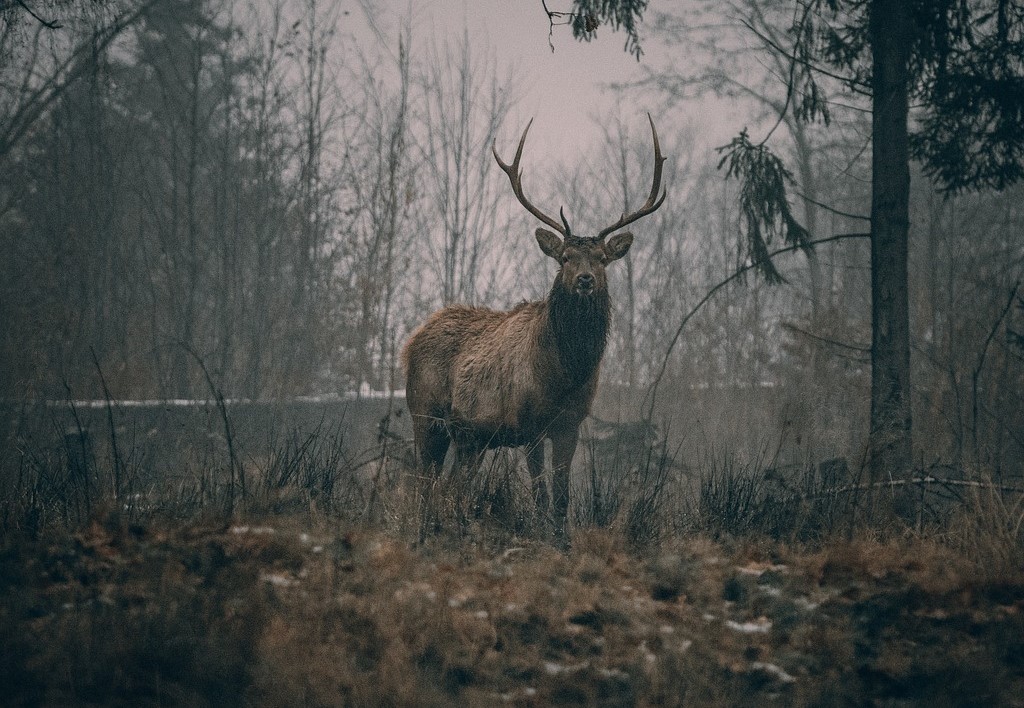Photo: Pixabay/johnagustine9
There are numerous variables involved in biodiversity and scientists continue to discover more of them. A case in point is new research which indicates that patterns of precipitation play a determining role in where different groups of mammals thrive.
To wit: regions where precipitation varies by season without extremes have the highest levels of mammalian diversity.
“Keep in mind that we aren’t talking about the total amount of rain,” says Jaron Adkins, the lead author of the paper who is an ecologist at Utah State University.
“If you imagine ecosystems around the world on a scale of precipitation and season, certain places in Utah and the Amazon rainforest fall on one end with low variability: they have steady levels of precipitation throughout the year. Other regions, like southern California, have really high variability, getting about 75 percent of the annual precipitation between December and March,” Adkins explains.
In general, certain locations have an abundance of meat-eating predators such as parts of Africa, Europe and Greenland. Herbivores are common in cooler areas and omnivores tend to be more dominant in warm places. Precipitation and plant growth are the two main factors for these trends.
The new research indicates that predators and herbivores both prefer to inhabit areas with precipitation levels between the two extremes of too much and too little. Madagascar’s precipitation patterns are split between a six-month wet season and a six-month dry season, which is “the ideal ecological cocktail for promoting conditions for these two groups. Omnivore diversity tends to thrive in places with very stable climates,” the scientists note.
Of equal importance is plant growth, which “makes intuitive sense for plant-eating animals to benefit from plant growth,” Adkins observes.
Yet the researchers have found that animals most impacted by plant growth are actually carnivores. This “highlights the importance of an abundance of plants on an entire food chain’s structural integrity,” according to the experts.
“It was surprising that this factor was more important for predators than omnivores and herbivores,” says Trisha Atwood, a scientist at the Department of Watershed Sciences and the Ecology Center. “Why this is remains a mystery.”
These findings are important as animal diversity is on the decline across the planet as a result of habitat loss and climate change. “Forecasting how climate change will disrupt animal systems is extremely important. This research is a first step in better managing future conditions for animals around the world,” the scientists say.
“Animal diversity can act as an alarm system for the stability of ecosystems,” Atwood notes. “Identifying the ecological mechanisms that help drive richness patterns provides insight for better managing and predicting how diversity could change under future climates.”
Did you like it? 4.5/5 (28)








